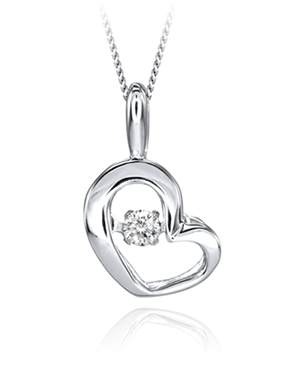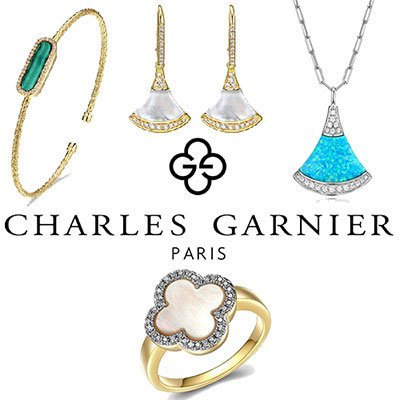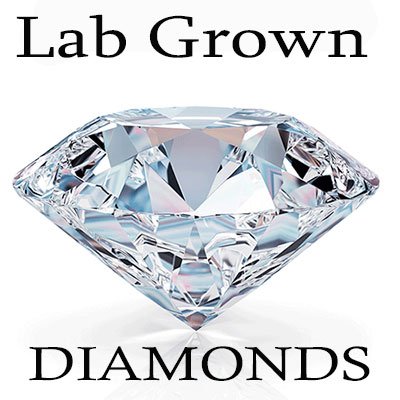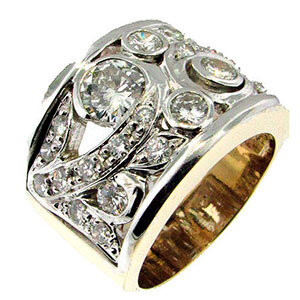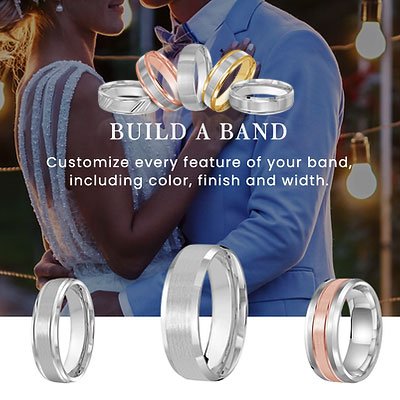Caring for your gold jewelry:
Gold jewelry should be cleaned and polished from time to time as it can lose its shine over time. It can be cleaned by using warm water with soap or with a jewelry cleaner purchased from a jewelry store. Note that if your jewelry is gold plated, it can suffer gold loss over time and it may require some replating.Gold jewelry should be stored in a cool and dry environment and it is recommended that you take off your gold jewelry when applying moisturizers, perfumes, sunscreens, soaps, and chemicals in order to prevent it from discolouring. It should be removed prior to any physical activity in order to prevent it from getting damaged.
Price of Gold Jewellery
In addition to the karat weight, several other factors determine the price of Gold jewelry. These factors include, but are not limited to, total weight of the jewelry, design and construction, and ornamental detailing such as engraving and the finish of the metal. Although nearly all Gold jewelry today is made with the help of special machines, some hand work is almost always involved, and the more hand work that is involved, the higher the price.









